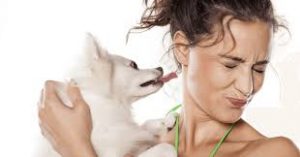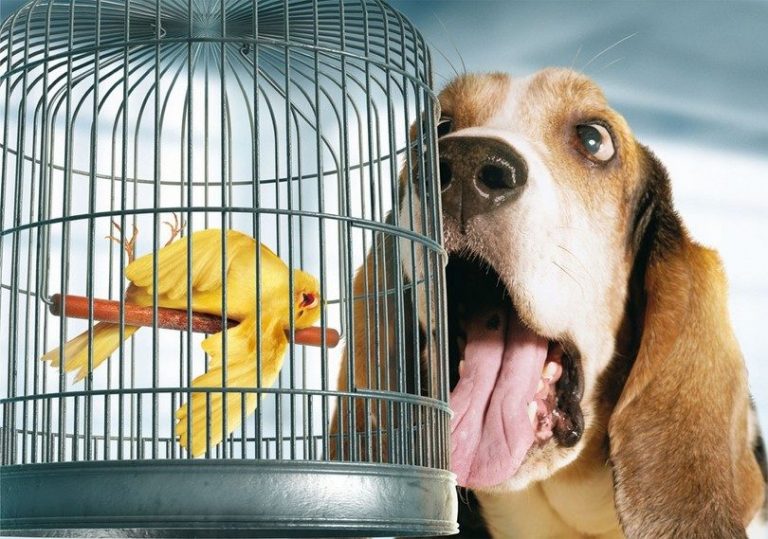We love our dogs, and what could be sweeter than our dogs wanting to give us kisses? The problem is their breath may not be so sweet.
What you are smelling is not actually “doggy breath” – it is Bacteria Breath.
The foul odour from the mouth is composed of Volatile Sulfur Compounds (VSCs) – these are waste products made when certain types of bacteria digest sulfur-containing proteins.
The bacteria responsible are anaerobic – that is to say they grow in the absence of oxygen. But isn’t the mouth a pretty airy place? Well, yes and no:
- Bio-film bacteria – in this case, the bio-film is plaque – are oxygen-scarce in the middle at a thickness of only 0.1-0.2 mm thick.
- Pockets around teeth are oxygen-scarce – and the worse the dental disease is, the larger the pockets are and the more stinky bacteria can be grown.
Ninety percent of the VSCs produced are:
- Hydrogen sulfide – the smell of rotten eggs
- Dimethyl sulfide – the smell of rotting fish
The next big odour contributor on the list:
- Methyl Mercaptan – the barnyard/feed-lot smell.
 In smaller amounts are some more nasty molecules:
In smaller amounts are some more nasty molecules:
- Cadaverine – Smell found in urine and in decaying meat.
- Putrescine – Rotting meat smell
- Skatole and Indole – found in fecal matter.
- Proprionic and Isovaleric acid – Sweat and sweaty feet smell.
- Butyric acid – found in vomit.
- Pyridine – Unpleasant fish-like odor.
Why let the bacteria have their way?
Get your pet’s teeth professionally cleaned, and end the bacterial stink-fest!
